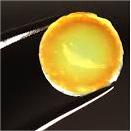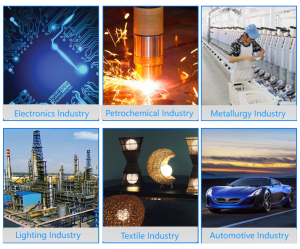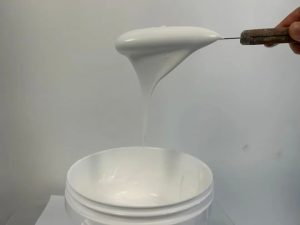Professional industry ceramic supplier, silicon nitride, silicon carbide, aluminum nitride and any other kinds of ceramics.
1. Introduction
In high-temperature industrial processes, the choice of containment vessel is critical to efficiency, safety, and product purity. Among the most robust and reliable options available today is the silicon carbide crucible. Engineered from one of the hardest known materials, this crucible excels in extreme thermal environments, making it indispensable in metallurgy, glassmaking, and laboratory settings. Beyond crucibles, silicon carbide serves as the foundation for a wide array of advanced ceramic products—from furnace components to kitchenware—demonstrating its versatility across sectors.
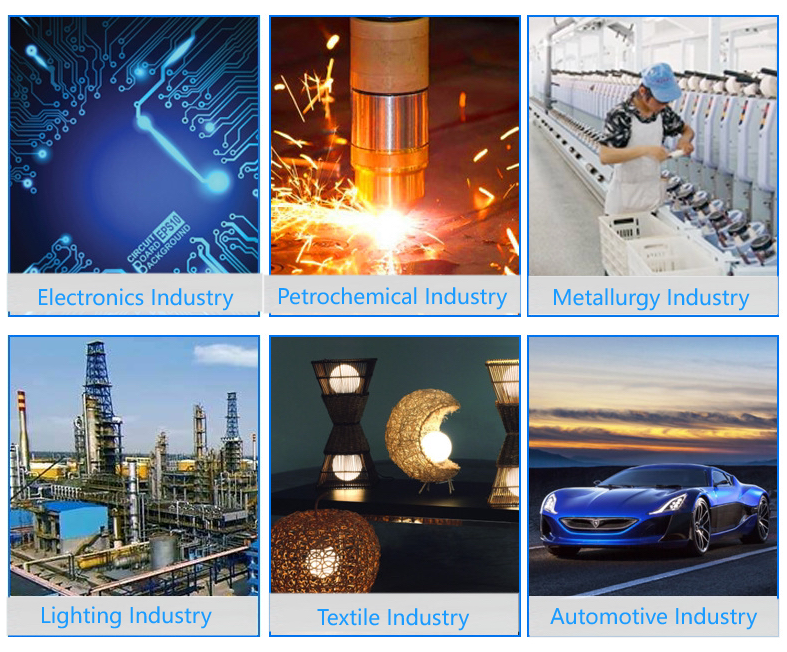
2. What Is a Silicon Carbide Crucible?
A silicon carbide crucible is a container made primarily from silicon carbide (SiC), a compound of silicon and carbon renowned for its exceptional hardness, thermal conductivity, and resistance to thermal shock and chemical corrosion. These crucibles are sintered at high temperatures to achieve dense, durable structures capable of withstanding repeated heating cycles up to 1600°C or higher. Their superior performance makes them ideal for melting non-ferrous metals such as aluminum, copper, and zinc, as well as for use in foundries and research laboratories.
3. Key Properties and Advantages
Silicon carbide crucibles offer several advantages over traditional graphite or clay-graphite alternatives:
- High thermal conductivity ensures rapid and uniform heating.
- Excellent thermal shock resistance prevents cracking during rapid temperature changes.
- Superior mechanical strength maintains structural integrity under load.
- Chemical inertness minimizes contamination of molten materials.
- Long service life reduces operational downtime and replacement costs.
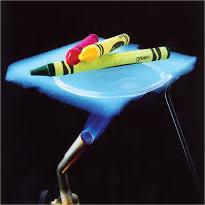
These properties stem from the covalent bonding in the SiC crystal lattice, which contributes to its status as an advanced ceramic material widely used in demanding industrial applications.
4. Comparison with Other Advanced Ceramics
While silicon carbide dominates many high-heat applications, it is often compared with other advanced ceramics such as boron carbide and silicon nitride. Boron carbide vs silicon carbide reveals that while boron carbide is harder and used in armor and abrasives, it is more brittle and less thermally conductive than SiC. In contrast, silicon nitride (Si3N4) offers excellent fracture toughness and is commonly used in bearings, cutting tools, and even silicon nitride crucible factory production for specialized labware. However, silicon carbide generally outperforms silicon nitride in thermal conductivity and oxidation resistance above 1200°C.
5. Related Silicon Carbide Ceramic Products
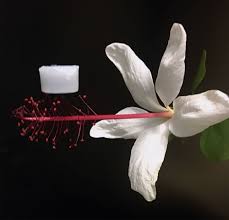
Beyond crucibles, silicon carbide is fabricated into numerous industrial and consumer components. These include silicon carbide ceramic tiles for wear-resistant linings, rbsic silicon carbide tile blocks for kiln furniture, and silicon carbide ceramic columns for structural support in furnaces. Additionally, silicon carbide rings, burner nozzles, bricks, and thermocouple protection tubes leverage the material’s stability under extreme conditions.
Interestingly, the same material properties enable culinary applications. Products such as silicon carbide ceramic baking dishes, dinner plates, casserole dishes with lids, serving bowls, and even children’s plates are gaining popularity due to their durability, heat retention, and non-toxic nature. Brands offering items like silicon carbide baking dish Staub or handcrafted ceramic plates highlight the crossover appeal of this advanced ceramic in everyday life.
6. Industrial and Technical Applications
In technical domains, silicon carbide ceramic piping, tubes, and porous ceramic tubes are used in corrosive fluid handling and high-temperature gas filtration. Silicon carbide tube furnaces rely on SiC heating elements and insulation tubes for consistent performance. Meanwhile, silicon carbide discs—ranging from grinding discs for pottery to piezoelectric ceramic discs—showcase the material’s adaptability in precision engineering.
Other niche uses include silicon carbide ceramic disc taps for plumbing, sanding discs for surface finishing, and custom components like silicon carbide ceramic oven dishes or baking trays designed for professional kitchens. The breadth of forms—from silicon carbide ceramic ramekins to Christmas platters—underscores its aesthetic and functional flexibility.
7. Manufacturing and Material Considerations
Producing high-quality silicon carbide crucibles and related components requires precise control over raw materials, particle size distribution, and sintering conditions. High-purity silicon carbide powder is essential to avoid impurities that could compromise performance. Similarly, the high purity silicon nitride powder market supports parallel advancements in Si3N4-based products, though each material serves distinct niches based on thermal, mechanical, and chemical requirements.
Manufacturers also produce hybrid or composite forms, such as silicon carbide zirconia tubes or alumina-zirconia blends, to tailor properties for specific applications. Customization options—like a custom silicon nitride heat shield or machined ceramic parts—further expand the utility of advanced ceramics in aerospace, energy, and semiconductor industries.
8. Conclusion
The silicon carbide crucible stands as a testament to the power of advanced ceramics in solving real-world engineering challenges. Its unmatched combination of thermal resilience, mechanical strength, and chemical stability ensures its continued relevance across metallurgy, manufacturing, and even domestic settings. As industries push toward higher efficiency and sustainability, materials like silicon carbide—and its counterparts such as silicon nitride and boron carbide—will remain at the forefront of innovation in high-performance ceramics.
Our Website founded on October 17, 2012, is a high-tech enterprise committed to the research and development, production, processing, sales and technical services of ceramic relative materials such as Silicon. Our products includes but not limited to Boron Carbide Ceramic Products, Boron Nitride Ceramic Products, Silicon Carbide Ceramic Products, Silicon Nitride Ceramic Products, Zirconium Dioxide Ceramic Products, etc. If you are interested, please feel free to contact us.

